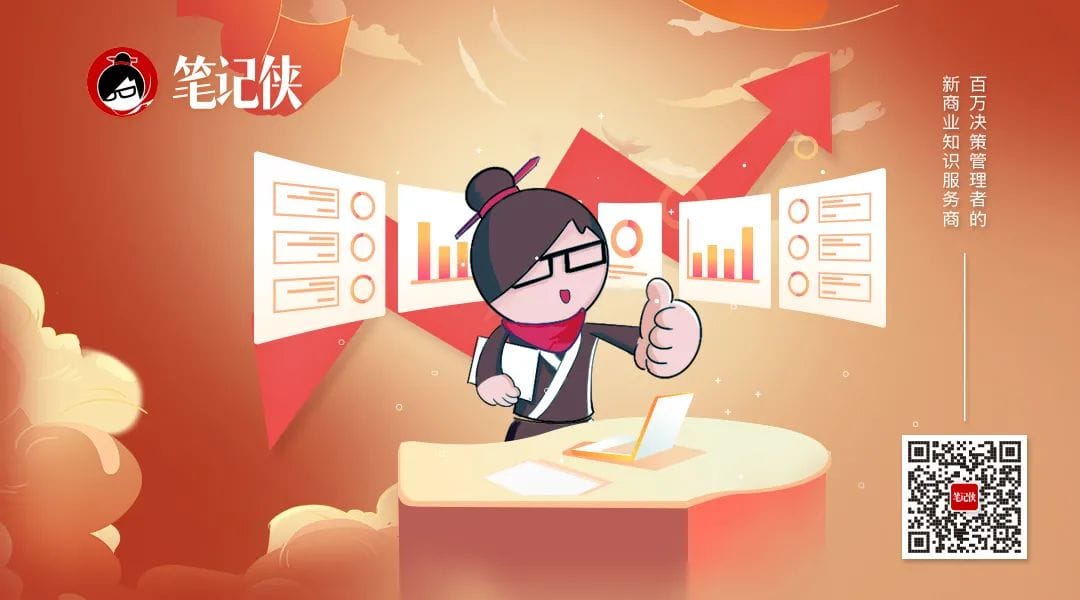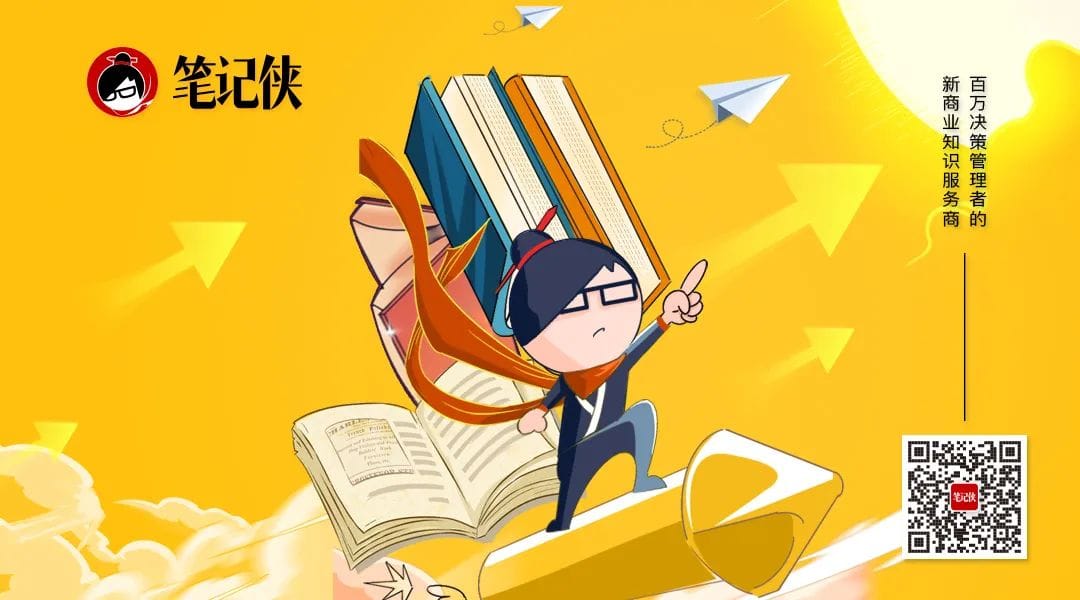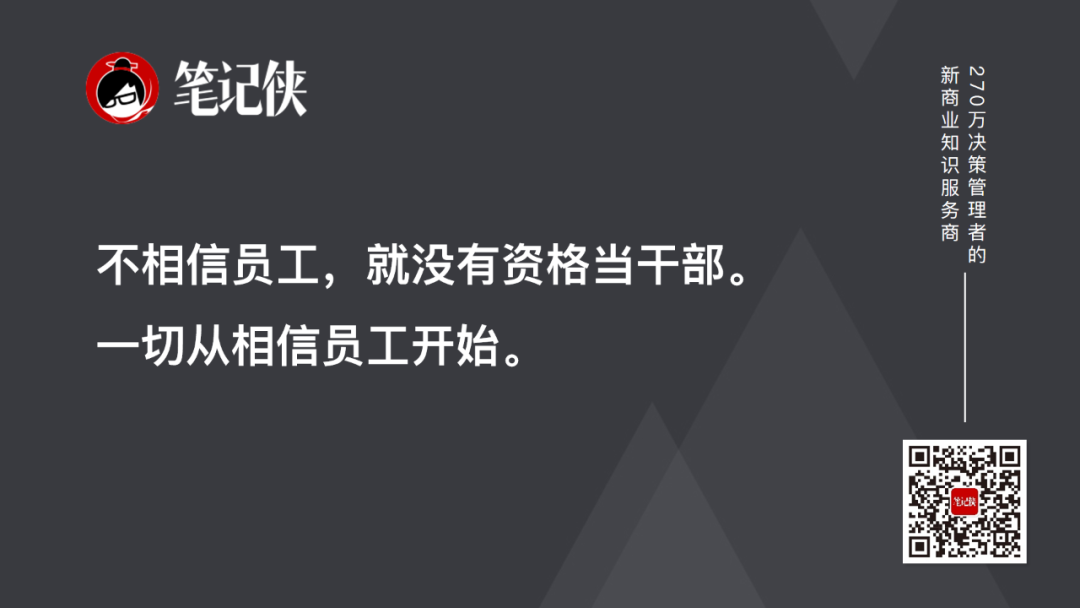From Bankruptcy to World No. 1: He Did Only 3 Things

# **Organizational Management: Lessons from the JAL Miracle**
## **Editor's Note**
China has shifted from a 40-year high-growth era into a period of **low economic growth**. Market dividends are fading, growth models are being rewritten, and many once-successful business logics no longer work. In this uncertain environment, the **core challenge** for every manager is finding certainty for **sustained growth**.
Management guru **Peter Drucker** once said:
> *“The greatest danger in times of turbulence is not the turbulence itself, but to act with yesterday’s logic.”*
When **old maps** can no longer guide **new journeys**, we must return to the **essence of business management**, rethinking the **purpose** and **path** of corporate existence and development.
In 2010, **Japan Airlines (JAL)** declared bankruptcy under a massive debt of **2.3 trillion yen**. Critics predicted certain failure. Yet, in just **2 years and 8 months**, JAL relisted and became **world #1** in profit, punctuality, and service quality.
The turnaround was led by **Kazuo Inamori**, a 78-year-old outsider to the aviation industry. His simple yet thorough management philosophy saved the airline — offering timeless survival wisdom and growth logic for businesses today.
---
## I. **The Decline of JAL**
### **1. Key Historical Context**
- **1951:** JAL founded as a semi-government, semi-private enterprise.
- **1983–1988:** Surpassed Pan Am to become world leader.
- **1987:** Fully privatized.
- **1990s:** Operations faced domestic and international challenges; ineffective measures led to performance collapse.
- **January 19, 2010:** Bankruptcy declared; liabilities of **2.3221 trillion yen**.
- **Kazuo Inamori** appointed Chairman amid universal skepticism.
---
### **2. Crisis Conditions When Inamori Took Over**
#### **① Low Morale, Widespread Despair**
- Bankruptcy stripped pride.
- Expectations of layoffs, salary cuts, and no bonuses.
- Fatalism: “We’ve done our best; external factors like fuel prices are uncontrollable.”
- Skeptics questioned an outsider’s ability to save JAL.
#### **② Profit Was Not a Priority**
- Belief that public transportation *shouldn’t be profitable*.
- Profits triggered fare cuts and union wage demands.
- No departmental profit targets; zero profit mindset.

#### **③ Deep Internal Mistrust**
- Executives blamed employees for bankruptcy.
- Headquarters viewed staff as costs, focused on cutting labor.
- Staff blamed headquarters for mismanagement.
- Result: mutual distrust and organizational breakdown.
#### **④ Poor Transparency of Operating Data**
- Monthly figures available only after delays; often approximate.
- Most staff never saw financial data.
- No urgency about losses; cost-cutting became hollow rhetoric.
---
## II. **Kazuo Inamori’s Turnaround Strategy**
### **1. Consciousness Reform: Rebuilding Corporate Culture**
- **May 2010:** “Consciousness Reform Preparatory Office” formed in-house.
- Developed all training materials internally.
- Gradually built a new atmosphere of shared purpose.
---
### **2. Leadership Reform: Creating True Leaders**
- Emphasized acknowledgment of bankruptcy and commitment to reform.
- Personally visited worksites to connect with staff.
- Issued open letters stressing teamwork for profit growth.
- **June 2010:** 50 managers entered rigorous leadership training:
- 4 sessions/week + Saturdays
- Reports & prep work mandatory
- Immersive camp training
- Shift from bureaucratic “managers” to inspiring “leaders.”
- Result: voluntary frontline improvements, innovation, and collaboration.

---
### **3. Amoeba Management System**
- Organization divided into small **profit centers (“amoebas”)**:
- Each route, flight, service stage managed independently.
- **Internal Trading:** Units buy/sell services internally at set prices to simulate market pressure.
- **Monthly 3-day Profit Reviews**: Every expense scrutinized.
**Impact:** Transparency + accountability triggered active cost-saving and exceeded expectations.
---
### **4. Meeting Culture Reform**
- Replaced bureaucracy with open discussion.
- Introduced Kyocera’s *“Kūba”* — informal gatherings for frank dialogue.
- Enhanced morale and trust.
- Result:
- **March 28, 2011:** Restructuring completed 1 year ahead of schedule.
- **Sept 19, 2012:** Re-listed only 2 years and 8 months after bankruptcy.
- Achieved **world #1** in profit, punctuality, service.

---
## III. **Why Inamori Succeeded**
### **Philosophy: “Revere Heaven, Love People”**
- **Revere Heaven:** Follow natural laws & moral principles.
- **Love People:** Altruism over selfishness; care for others.
#### **Story 1: Valuing Small Actions**
- Praised a frontline employee for saving **2,000 yen/month** voluntarily.
- Belief: Even small acts from genuine motivation are invaluable.
#### **Story 2: Leading by Example**
- Flew economy between Kyoto and Tokyo.
- Helped passengers with luggage — considered basic courtesy.

---
### **Inamori’s Success Equation**Life × Work Results = Attitude × Effort × Ability
- **Ability:** Innate (IQ, health, talent) — scored 0–100.
- **Effort:** Will-driven — 0–100.
- **Attitude:** Values & ethics — (–100 to +100).
- Wrong attitude turns high scores into destructive negatives.

---
## IV. **Key Lessons from the JAL Miracle**
1. **Respect the gods and love people** — lead with correct human ethics.
2. **Adopt an altruistic mindset** — empathy and consideration drive true success.
3. **Trust employees** — mutual trust fuels collaboration.
4. **Integrate cultural reform, leadership development, and transparent structures**.
---
## **Final Note**
In **March 2026**, the **NoteMan Global PPE Japan Module Level-26** program will relaunch — offering deep, hands-on analysis of Japanese society and low-growth strategies.
Featuring:
- **Naoiki Hori**, 40-year Kyocera veteran & Amoeba Management consultant.
- **Li Tianguo**, Tokyo University visiting professor.
- **Ke Zhou**, NoteMan founder.
---
For modern tools aligned with Inamori’s participatory philosophy, explore:
- [AiToEarn官网](https://aitoearn.ai)
- [AiToEarn博客](https://blog.aitoearn.ai)
- [GitHub](https://github.com/yikart/AiToEarn)
**AiToEarn** helps creators use AI to generate, publish, and monetize content across Douyin, Kwai, WeChat, Bilibili, Xiaohongshu, Facebook, Instagram, LinkedIn, Threads, YouTube, Pinterest, and X — enabling collective growth in the digital era.
---


